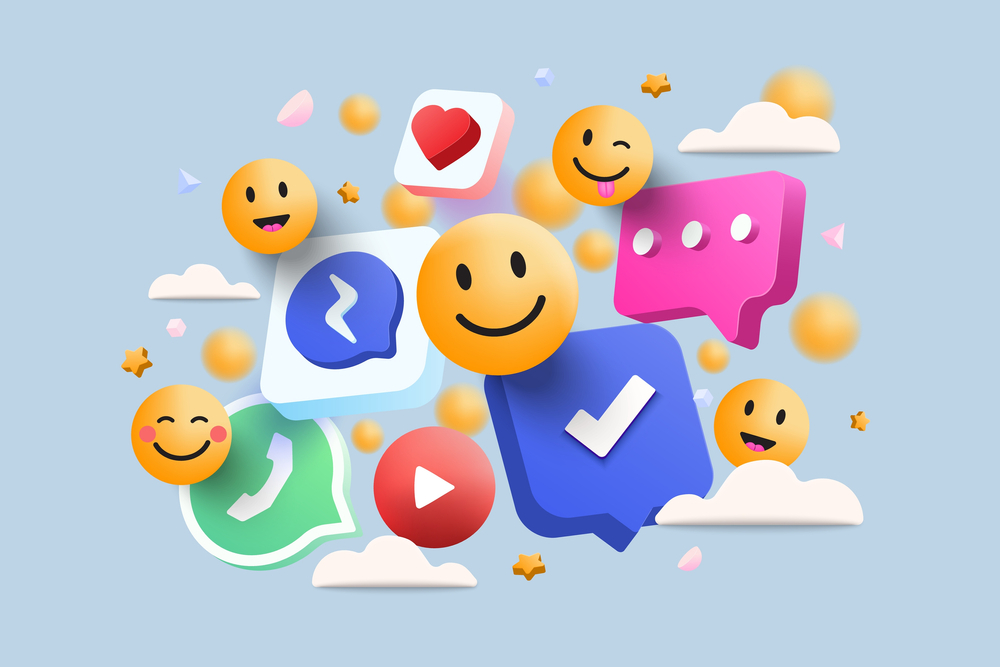A Comprehensive Overview of the Main Social Media Platforms

In the ever-evolving landscape of the digital age, social media platforms play a crucial role in connecting people, fostering relationships, and sharing information across the globe. With a myriad of options available, users can choose platforms that align with their interests, preferences, and communication styles. In this article, we’ll explore some of the main social media platforms, highlighting their key features and purposes.
Facebook: The All-In-One Social Hub
Facebook, founded in 2004, remains a dominant force in the social media realm. With billions of active users, it offers a diverse range of features, including status updates, photo sharing, events, and group discussions. Facebook’s versatility makes it suitable for personal connections, business networking, and community building.
Instagram: Visual Storytelling Platform
Launched in 2010, Instagram is renowned for its focus on visual content. Users share photos and short videos, utilizing features like Stories and IGTV. Influencers, businesses, and creatives thrive on Instagram, making it a powerhouse for visual storytelling and brand promotion.
Twitter: Microblogging in Real-Time
Twitter, established in 2006, introduced the concept of microblogging. Users share thoughts, news, and updates in 280-character tweets. Known for its real-time nature, Twitter is a platform for quick conversations, trending topics, and following public figures or influencers.
LinkedIn: Professional Networking Platform
Catering to the professional sphere, LinkedIn is the go-to platform for career-oriented individuals. Launched in 2003, it allows users to showcase their professional achievements, connect with industry peers, and discover job opportunities. LinkedIn is a valuable tool for personal branding and business networking.

Snapchat: Ephemeral Content and Messaging
Snapchat, founded in 2011, introduced the concept of disappearing content. Users share photos and videos that vanish after a set time. It’s particularly popular among younger audiences for its casual and spontaneous approach to social sharing.
Pinterest: Discover and Save Ideas
Pinterest, established in 2010, is a visual discovery platform where users ‘pin’ images to themed boards. Ideal for inspiration and idea gathering, Pinterest is heavily utilized by those seeking DIY projects, recipes, fashion trends, and more.
YouTube: Video-Sharing Powerhouse
As the largest video-sharing platform globally, YouTube has become synonymous with online video content. Founded in 2005, users can upload, share, and discover videos on virtually any topic. YouTube serves as a platform for entertainment, education, and content creation.
WhatsApp: Instant Messaging and Beyond
WhatsApp, acquired by Facebook in 2014, is a widely-used messaging app that supports text, voice, and video communication. With its status feature and group chats, WhatsApp extends beyond simple messaging, fostering personal and group interactions.
TikTok: Short-Form Video Creativity
TikTok, a relatively newcomer, exploded in popularity after its launch in 2018. Centered around short-form videos set to music, TikTok is a creative hub for users to showcase their talents, participate in trends, and engage with a global community.
Conclusion:
In the vast landscape of social media platforms, each serves a unique purpose, catering to diverse interests and communication preferences. Whether connecting with friends on Facebook, building a professional network on LinkedIn, or expressing creativity on TikTok, users have a plethora of options to engage, share, and stay connected in the digital age. As the social media landscape continues to evolve, staying informed about these platforms empowers users to navigate and utilize these tools effectively.
IMPORTANT: If you enjoyed this article then give Marketing University Equalizer a try. Create your free account right now and have full access for 14 days. Click here to get started #marketinguniversity #marketing #businesstips#marketingtips
